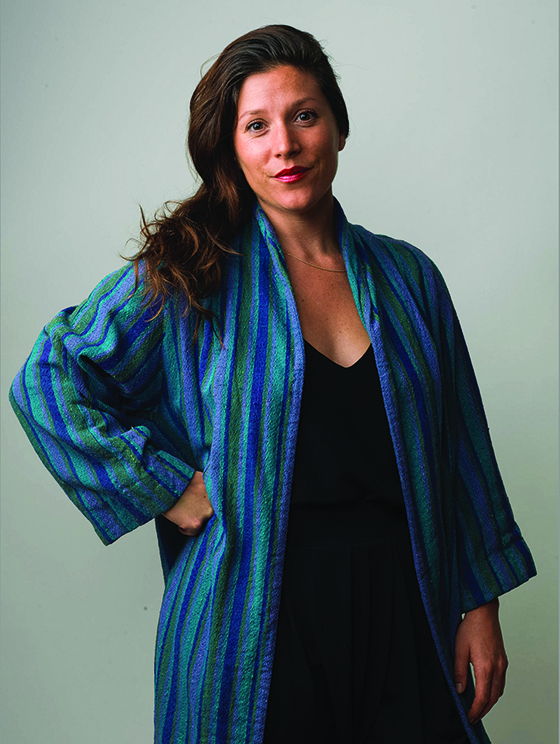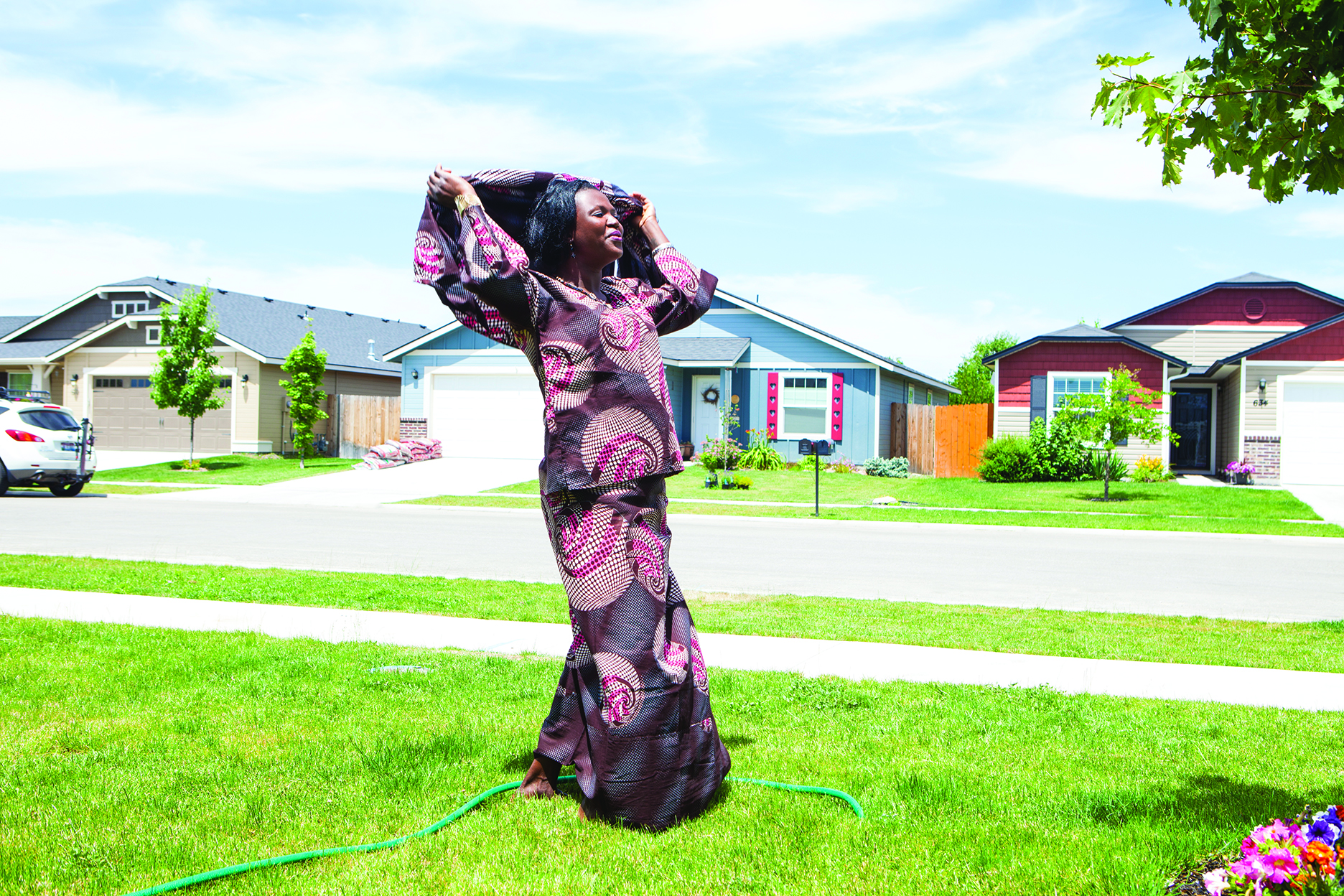As photographer Angie Smith stood on stage at the Treefort Music Festival in March discussing the interview she had had with a refugee named Memo from Iraq, her voice began to shake with emotion. Memo, she said, now lives in Boise and no longer has to hide the fact that he is gay. He told Smith he feels more open to people and himself, and feels accepted for who he is. He walks now, she said, with a big smile—proud of being gay in Idaho.
Memo’s story is one of many stories of refugees that Smith has documented through her photography for more than a year. Her images, combined with writing by Hanne Steen, culminated in a multi-disciplinary project titled, “Stronger Shines the Light Inside,” which tells the stories of refugees resettling in Idaho.
Smith started taking photos when she was 11 years old, growing up in Eugene. She took an adult photography class at a local community college when she was just 12, and her passion grew from there.
“I just fell in love with it,” she said.
After high school, Smith studied photography at Bard College in upstate New York, then moved to New York City and worked for several magazines, including Life and Men’s Journal. Eventually, she decided she wanted to live in a city that was a little less metropolitan, and made the move to L.A.
Smith’s parents moved to Boise after she left home. One summer while visiting them, she got the idea for a photo project about the city’s refugee population. Smith visits often and has a deep love for the community. She was struck by the number of refugees she saw coming and going in various areas of Boise and decided it would make for an interesting project, particularly since most people wouldn’t expect to see such a sizable population of refugees in a state like Idaho. But starting out, Smith had trouble breaking into the close-knit refugee circles.
The following summer, however, she found Rita Thara Yenga, a Democratic Republic of Congo refugee who came to Boise in 2012.
“She was introduced to me by my dad and stepmom; they were already friends with her,” Smith said. “I was really lucky to begin with her as my first subject because she was also an immediate friend.”
Yenga is a seamstress who designs and makes her own clothing line, so Smith said they connected on a personal level as well as an artistic one. Her very first portrait of the project featured Yenga in clothing she made for herself. In the photo, Yenga is stepping out of her car in a patterned dress and a large, tight bun on top of her head. Her African style is juxtaposed against the American-looking vehicle and a substation in the background.
“(It was) this interesting sort of industrial, strange backdrop you’d see in a lot of American cities, but it’s very clearly an American environment,” Smith said. “As I was taking the picture, I felt choked up with emotion because I knew what an incredible project it could be. I had this sense of just how big and important it could be, but I didn’t know how I was going to get there. I didn’t know what the journey was going to be like.”
Yenga introduced Smith to her neighbors, friends and family, which opened up possibilities for photography subjects. Smith offered, in exchange, formal family portraits to those who were willing to participate and built a network of people she interviewed and photographed.
Another subject of her work was Baraka Gracien, an 18-year-old refugee from Kenya. Gracien, along with Memo, participated with Smith on a panel during the Treefort Music Festival in March. “’Stronger Shines the Light Inside’ was a project that was very much needed, and now that it’s done I can see the impact that it’s made to me, the people involved in the project, and the people who saw it,” Gracien said. “I really think the route she took with interviewing the youth more instead of the parents—the youth have a much bigger story just because their future is just starting now. For the parents, it’s just like this is part of their life; for the youth it’s like, ‘Wow I’m starting a whole new thing.’”
Smith said speaking with so many refugees didn’t necessarily change her perspective, but it deepened the compassion she already felt for them.
“It’s more that I just have so much more detail to pull from,” she said. “Everyone has a unique way that they found out about the refugee program, and everyone has a different story about their experience. … (It deepened) that desire to get these voices amplified.”
But moving forward, Smith is shifting her approach somewhat. First, she’s looking at putting her focus on middle school and high school aged refugees — a project she did for the New York Times once already, but she’d like to do more. In July, Smith is headed to Salt Lake City to photograph refugees there.
“I think there are so many interesting topics to discuss around the idea of coming to America when you’re a young person, and then as you grow up you’re sort of taking in a whole other culture,” she said. “You’re working in between these cultures and trying to weave in and out of different worlds, and there’s so many different influences that are really shaping your identity. I’m really interested to know how moving to a country like the U.S., and after coming from a life experience of a lot of difficulty and struggle, and coming into his new life, how does that change your identity, how does that shift your ideas for the future and goals for the future?”
She also plans to keep the current political climate at the front of her mind while interviewing refugees.
“I’m just going to ask more specific questions,” Smith said. She wants to know what kind of harsh words are said to people. “I think that’s important to talk about and hear … what kind of impact that has on another person.”

“I’m really interested to know how moving to a country like the U.S., and after coming from a life experience of a lot of difficulty and struggle, and coming into his new life, how does that change your identity, how does that shift your ideas for the future and goals for the future?” –Photographer Angie Smith

